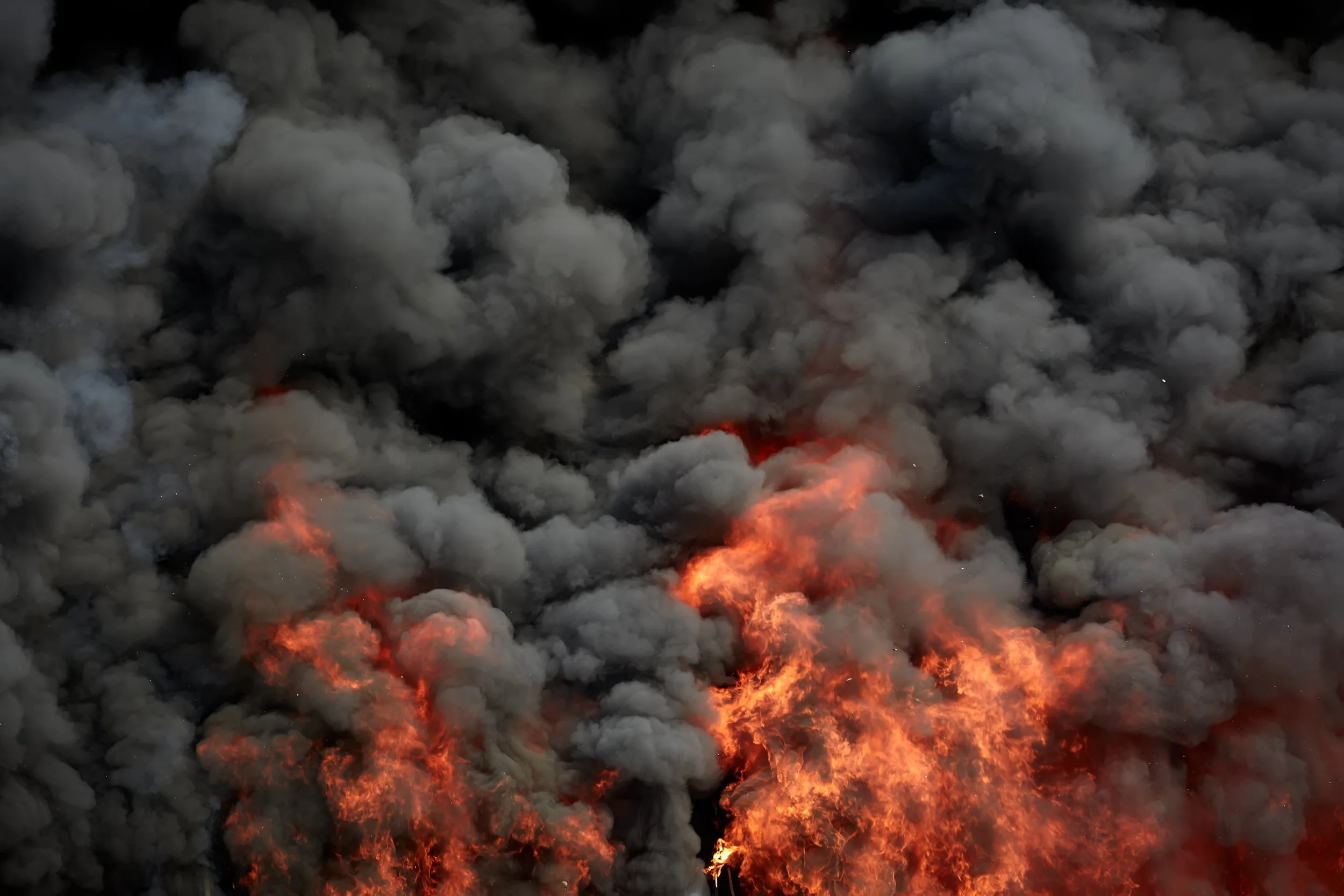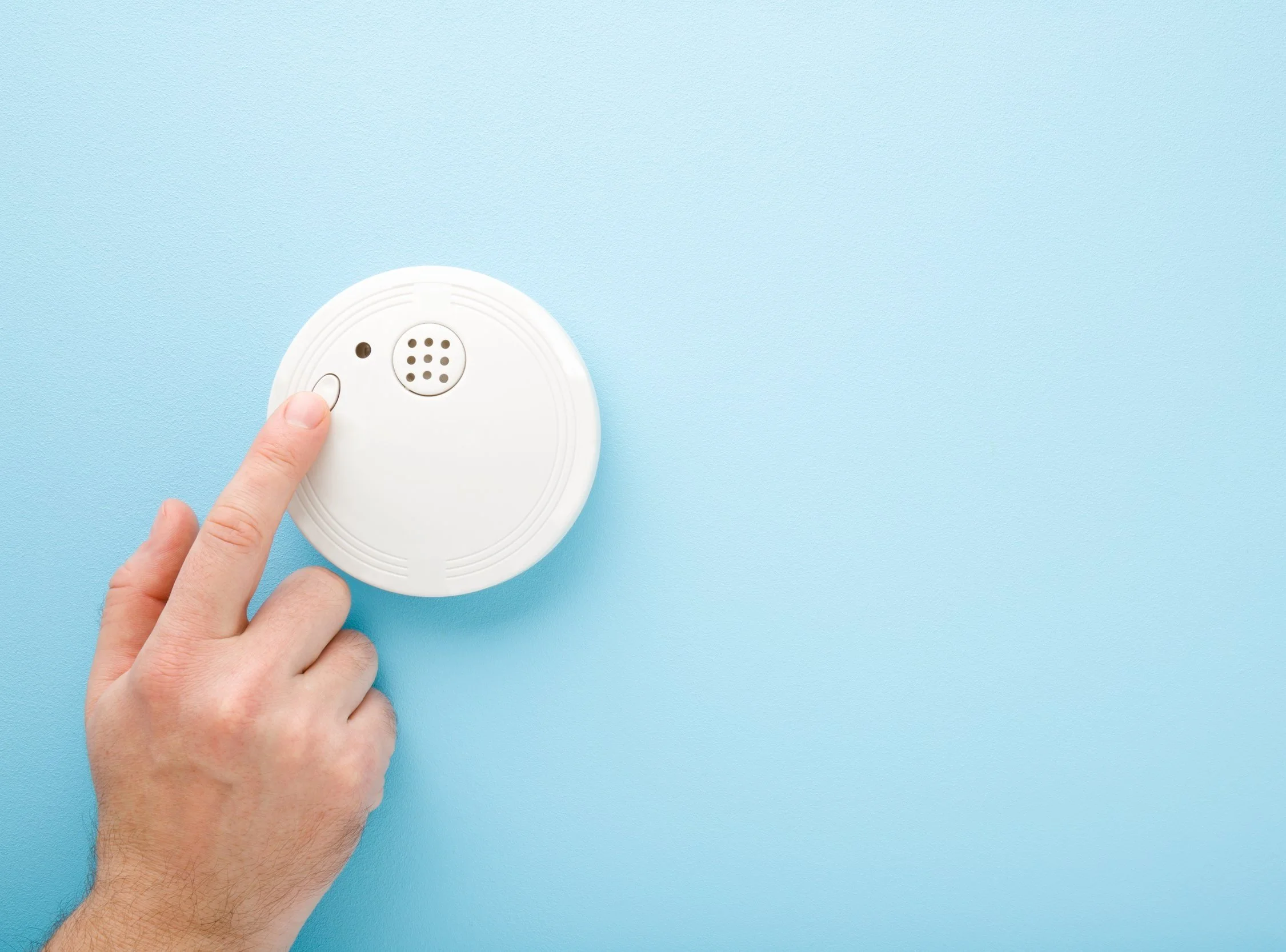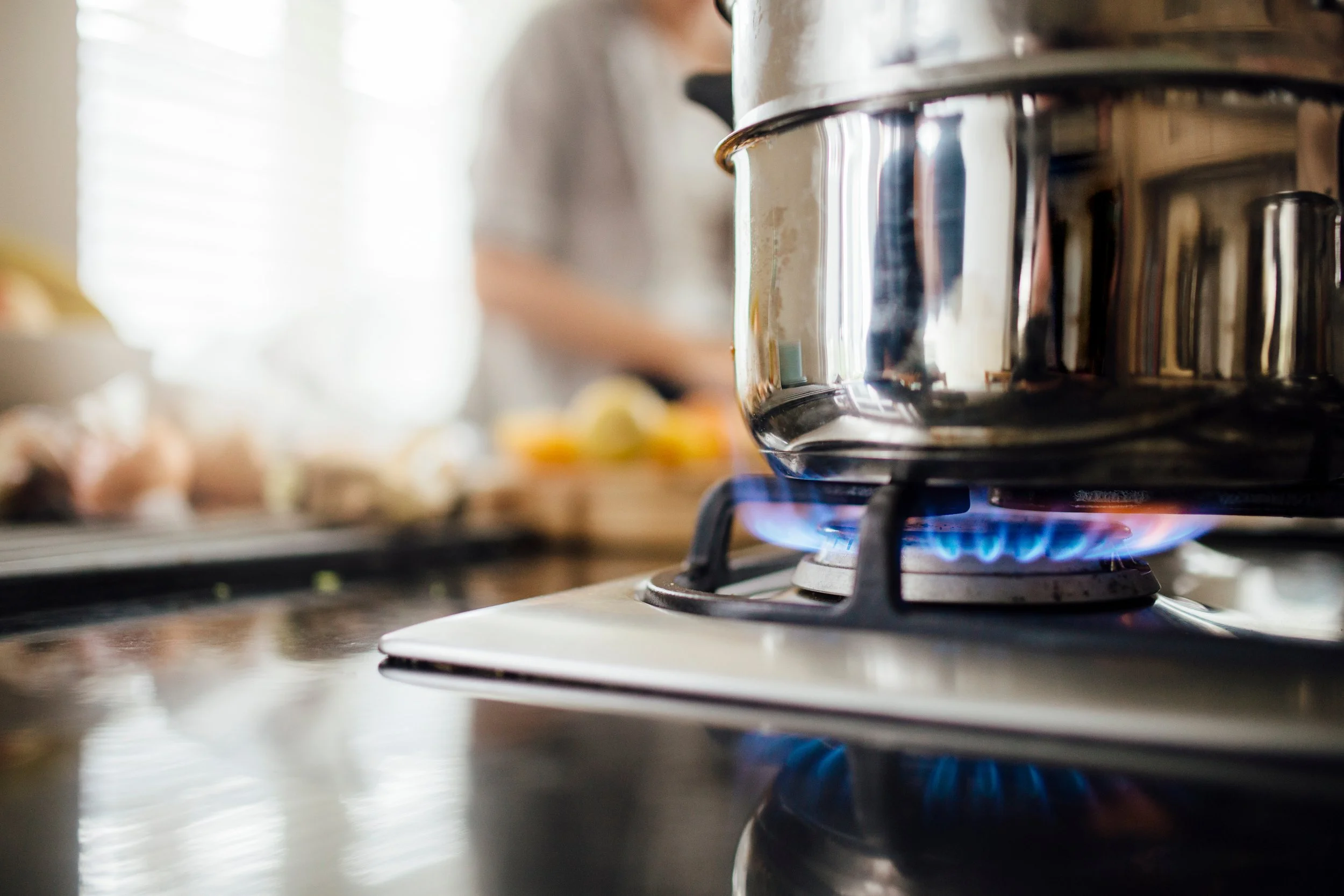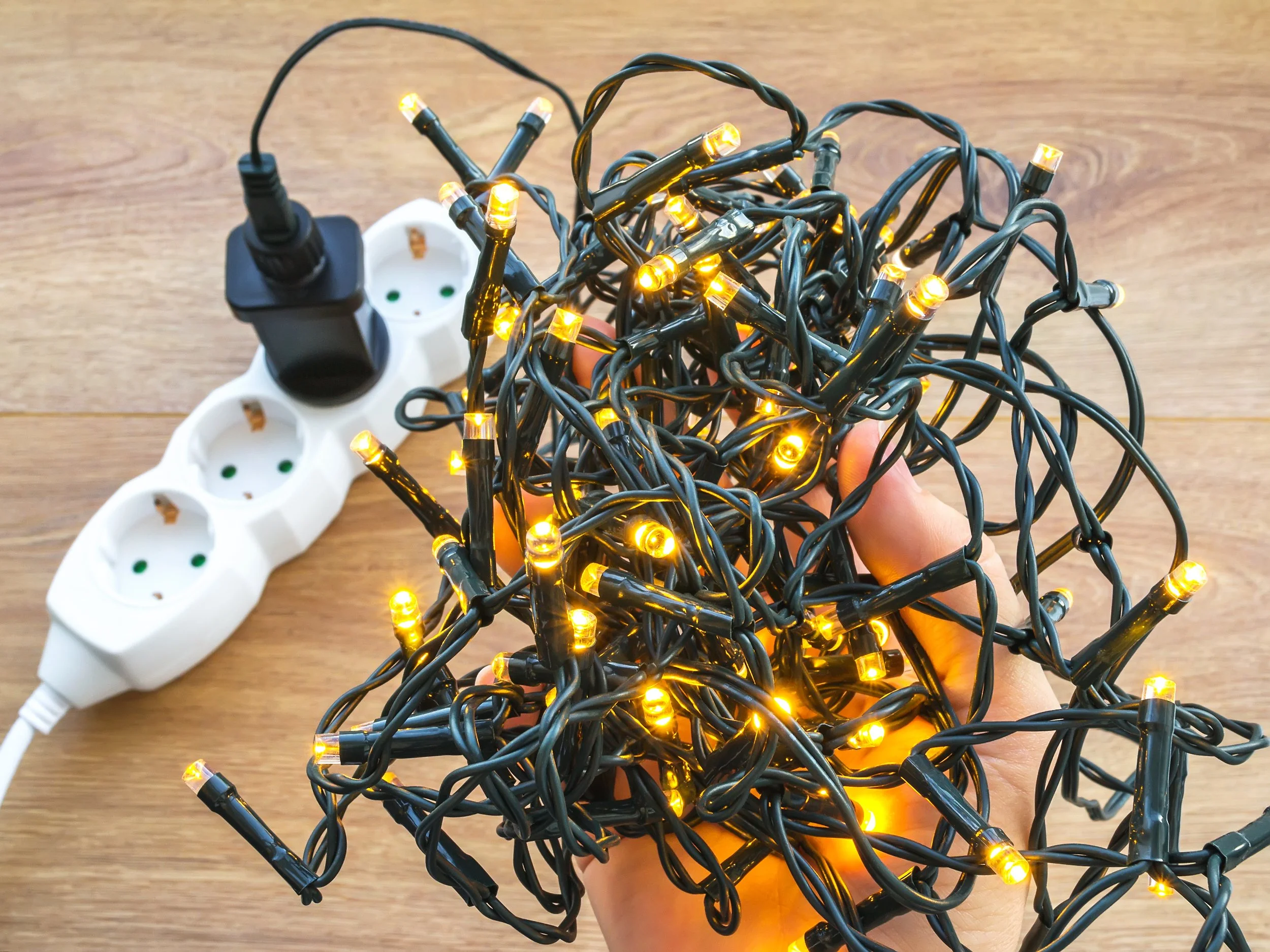Fire Prevention Week 2024
In 2022 alone, there were over 370,000 residential fires across the nation. Home fires pose a serious safety threat to residents everywhere. For this reason, the National Fire Protection Association hosts Fire Prevention Week every year in October to equip and educate the public on the importance of prevention, safety, and preparedness. Each year, the theme covers a new focus topic and the organization provides valuable resources to the public to ensure that everyone has access to the information and tools they need to keep their homes safe. This year, the theme is Smoke Alarms: Make them work for you! Our team has compiled information for helpful tips to ensure that your apartment is outfitted with the proper alarms along with other fire safety and prevention recommendations for you and your household to follow.
The Dangers of Fires
Home fires can be deadly. In 2021, the NFPA reports that three quarters of fire related deaths were caused specifically by home fires. We know that home fires are dangerous, but often times people may be unaware of what the specific dangers of fires actually are. The U.S. Department of Homeland Security warns that fire is fast, hot, dark, and deadly! Fire spreads far more rapidly than one might expect. In under half a minute, small flames can turn into an untamable blaze. In the time it takes to retrieve a fire extinguisher, plumes of smoke can billow and within just minutes, the entire unit can be overtaken, blocking light and obstructing visibility. Contrary to what many people may assume, the flames themselves are not the biggest danger. During a fire, the difference in temperature from floor to ceiling can be hundreds of degrees. The air becomes too hot and toxic to breathe and is often the most threatening part of the fire. Between the poisonous air and the absolute darkness, escaping a fire can become extremely difficult. It is crucial that you and your household be prepared in the event of this dangerous disaster.
Smoke Detector Tips
Smoke alarms are life-saving tools. The majority of tragedies from fires occur in homes where smoke detectors are either not installed or not properly working. Smoke alarms need to be properly installed, consistently tested, and regularly replaced as needed. The moment a fire starts, a smoke alarm system can alert the entire apartment that it is time to evacuate. Once installed, smoke alarms need to be consistently tested to ensure they are in working order at all times. Once a month, press the test button on all the smoke alarms in your apartments to ensure that they are still working. Manufacturers recommend that smoke alarm batteries be changed out at least every 6 months to avoid the unit dying unexpectedly. The entire unit should be replaced once every 10 years or if it does not work when tested, even when the batteries are being replaced. If your smoke alarm is unresponsive, in need of batteries, or needs to be replaced, report it to your community manager immediately so that they can fix the issue as soon as possible.
Smoke Alarm Sounds
In order to understand what your smoke alarm is telling you, it’s vital to be familiar with the sounds that alarms and detectors make. If a smoke alarm detects smoke in the apartment, it will repeatedly let out 3 loud beeps until smoke is no longer present. On the other hand if you hear a repeated cadence of 4 loud beeps, that means carbon monoxide has been detected in the unit. In either case, get out of the apartment immediately. Do not reenter the building and call 9-1-1 to report the emergency right away. If instead of a set of loud beeps, you hear a single chirp from the alarm every 30 to 60 seconds, this means the unit is telling you that the battery needs to be changed. If the batteries are replaced and the unit continues to let out a single chirp, this means the entire alarm is at the end of life and needs to be replaced. If your unit has a CO detector, this may have a separate end of life sound that differs by manufacturer. If you hear this sound, it also means that the alarm needs to be entirely replaced. In any of these cases, let your manager know right away. Never remove the batteries just to stop the chirping! The batteries should only be removed in order to be replaced immediately.
Household Preparation
Fire spreads so quickly that there is hardly time to think or react to the situation. It is vital to prepare now so that you and your household don’t get caught unaware. Start by creating a full plan, step by step. Individually consider the location and needs of yourself and all household members. Draw or print the layout of your home and mark every door and window. Whenever possible, indicate at least two exits for each room in the apartment so that everyone instinctively knows where to go. Test the doors and windows regularly to make sure they open and close easily to avoid anyone getting stuck. Make note of all stairways, ramps, and other exits on the property that will quickly get you to safety. Drawing arrows can help to cut down on the decisions that you need to make in the moment to find the fastest way out. Have a specific spot where everyone in the household can meet once they get out of the house. It should be a spot that everyone is able to access easily, recognize and remember such as a light pole or a tree. Once all the details of your plan are considered and mapped out, practice evacuating your home! Have everyone in the home practice the plan twice a year to keep it fresh and memorable. Remember, when fires start, there is no time to stop and think. The plan should be clear and thorough so that no decisions need to be made while danger is blazing and anxiety is high. Make sure that all household members are taught the plan, including children. In truly disastrous situations, children may need to get themselves out of the home and teaching them the plan can equip them to act fast. Discuss the dangers of fire with them and listen sincerely to their concerns so that you can respond to them with reassurance and give them confidence to act.
In Case of a Fire
If a fire does ignite in your home, there are several important tips that may help to save your life and the lives of those around you. If the situation arises where you need to use a fire extinguisher, you can easily do so by remembering the acronym PASS: Pull the pin, Aim at the base of the fire, Squeeze the handle slowly, Sweep the nozzle side to side. The moment a fire starts to blaze or you hear the smoke alarm, that is the time to evacuate. As you evacuate, feel the doors before opening them. If you can feel heat on the other side, that could be an indicator of fire on the other side. In this case look for a different escape route. If it is cool to the touch, proceed forward. Make sure to close all doors behind you as you exit. Closed doors can help contain the flames and smoke temporarily which gives your household and neighbors time to escape and slows the spread so that first responders have more time. Get out of the house, stay out - do not reenter the building under any circumstance, and call 9-1-1 right away. Do not use the elevators unless they are specifically indicated as safe emergency exits or if the fire department instructs you to do so - use the stairs whenever possible and safe. If you are aware of another person who may be trapped in the building, proceed to your meeting place and call the fire department to inform them. If you yourself become trapped in the building, close the door and stuff wet towels or sheets around the door and vents to prevent smoke from filtering in. Call the fire department immediately and inform them of your location. Wave or hang a bright cloth from the outside facing window to signal your location unless doing so increases the smoke in the room.
Fire Prevention
While home fires may happen unexpectedly, they are often avoidable by taking a few safety precautions. Did you know that kitchen incidents account for about one third of all home fires in the US? Practicing safe cooking habits can help to save you and your household from devastation. When preparing a meal, only keep the stove, oven, and appliances turned on as you are using and need them. As soon as you finish cooking, turn off or unplug the appliance you are using to avoid any accidental overheating or burning. Never leave stove burners lit when you are not directly present. Turn off all burners whenever leaving the kitchen for any reason. It is also best practice to avoid clothing or other wearables that are loose and can potentially get caught in the stove flames.
While kitchen fires tend to be one of the common ways that home fires start, according to the American Red Cross, the number one cause of deaths related to residential fires is cigarettes and other smoking related items. Even if your property does allow smoking in the apartments, it is generally considered best practice to smoke outdoors instead of the home. Never smoke in bed or while drowsy or medicated. Be alert whenever you smoke to avoid dropping lit cigarettes on flammable surfaces. Once you are done, fully extinguish all materials in a deep, fireproof ashtray. Before disposing of used cigarettes, douse them in water to fully extinguish all heat and prevent a garbage fire. As an extra precaution, keep all matches, lighters, and other smoking materials fully out of the reach of any children in the house.
Fires can spark in any area of the apartment! Heating appliances such as space heaters, while convenient and comfortable for keeping us warm, can pose a dangerous threat if left unattended or placed too close to flammable objects and furniture. Whenever using a space heater, place it about 3 feet apart from other objects and furniture to avoid anything catching fire. Additionally, make sure to regularly inspect cords and cables and avoid plugging in anything that has damaged cords. If your property allows candles and similar open flames, make sure to only light them when you are present and alert. No form of open flame should ever be left unattended even for a moment. Fires can spread in seconds and an unattended open flame can grow and spread before you know it. As we enter into the holiday season, it is extra important to be aware of home fire dangers. The US Fire Administration reports that fires occur more frequently during the holiday season due to increased electrical usage, more candles and fireplaces being lit, and accidents caused by more frequent activity in the home. For specific safety tips to avoid residential fires during the holiday season, check out our blog on Holiday Fire Safety!
Lithium-Ion Fires: A New and Rising Danger
Lithium-Ion (Li-Ion) batteries are a growing safety concern in the home, workplace, and public. As one of the leading sources of renewable energy, lithium-ion batteries now power a wide range of devices and vehicles. By taking a quick glance around the room, it is very likely you will spot multiple lithium-ion powered items - it is quite probable that the device you are reading this article on contains a li-ion battery! With a high volume of residents, there is likely to be a high volume of devices in a concentrated area, which may risk a chain reaction blaze with devastating consequences. While the technology of these power cells has ushered forward efforts to more reliable and sustainable energy, each step toward innovation comes with a unique set of risks. The sheer number of li-ion batteries currently in use contributes to a rising number of fires caused by these devices - from smartphones and watches, tablets and laptops, up to e-bikes, e-scooters and electric vehicles. While currently, fewer vehicle fires are started by electric vehicles than diesel and hybrid, Lithium-ion fires are especially dangerous due to a number of factors. The temperatures are substantially hotter, with EV fires nearing 5,000°F. The smoke from these fires contains toxic fumes that range from aggravating to deadly in high concentrations. The blaze often begins with thermal runaway, a term which refers to a short circuit heating up a battery quickly and uncontrollably until the gasses released cause the casing to either explode or catch fire.This highly uncontrollable chain reaction puts the battery at risk of reigniting hours or even days after the fire itself is put out.
Most Li-Ion fires happen when a battery is damaged, old, or incorrectly charged, meaning that, with proper care, many of these fires can be prevented. Always check that the battery of your device has been tested by a trusted laboratory. Low-cost batteries are often not thoroughly inspected and therefore have higher chances of being faulty. Make sure to follow proper charging practices to keep your batteries functioning well for their full life-cycle! Never use a charger meant for a different device or battery, even if the cord seems to be compatible. Chargers that come with the device are specifically designed to charge at the proper speed for the type and size of the battery. Using the incorrect charger could cause the battery to put out too much energy at once, triggering thermal runaway. As soon as a device has finished charging, remove it from the charger to prevent excess energy output and overheating. Do not charge devices over night or on top of a flammable surface such as a bed, sofa, or under a pillow. Do not charge on excessively cold or hot days. When the environment a device is in reaches below 32°F or above 105°F, it may be risky to charge your battery. Once a battery is damaged in any way, it is vital that the battery be properly removed and disposed of. A damaged battery casing can emit electrolyte vapors which are harmful in and of themselves, while also being highly flammable. In order to properly dispose of old or damaged li-ion batteries, it is important to follow all disposal guidelines. Never throw lithium-ion batteries into the garbage. Contain them with either a fully enclosed metal container or electrical tape and store them either outside of the home or close to the exit. Keep lithium ion batteries at least 10 feet apart until they can be taken to a recycling center that specifically accepts batteries.
Home fires are incredibly dangerous, and once started, can be difficult to contain. It is vital to be prepared and informed on how to prevent and be prepared for home fires. By following the tips above, you can be an active resident in protecting your home, family, friends, and community from the deadly dangers of house fires.









